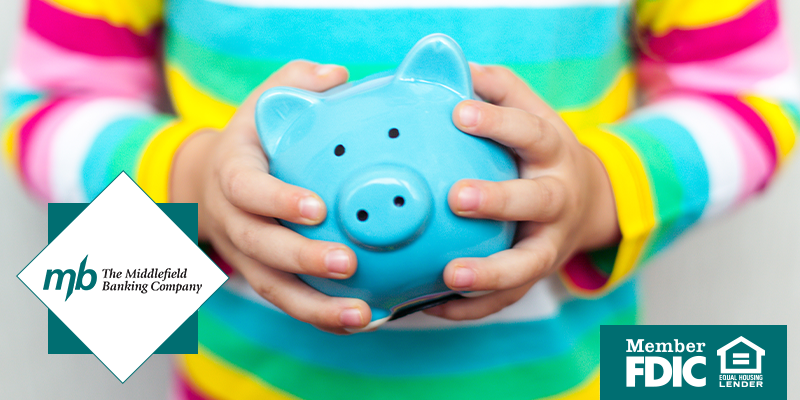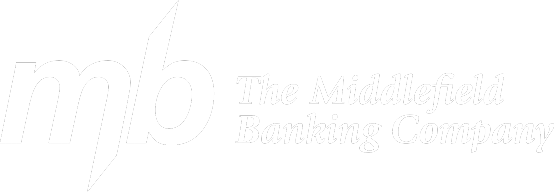How Do I Know if My Child Is Ready for a Checking Account?
Posted On: March 6, 2025 by The Middlefield Banking Company in: Family

As a parent, you want to ensure your child is financially savvy and prepared for the responsibilities that come with managing money. One significant step in this journey is opening a checking account. But how do you know if your child is ready? Here’s a comprehensive guide to help you make this important decision.
Signs Your Child Might Be Ready for a Checking Account
Before opening a checking account for your child, consider the following signs that they may be ready:
- Age and Maturity: Typically, children between 13 and 18 years old are developmentally ready to understand the concept of a checking account.
- Basic Financial Literacy: Your child should have a basic understanding of money management, including the importance of saving, budgeting, and responsible spending.
- Increased Independence: If your child is starting to earn money through part-time jobs, babysitting, or entrepreneurial ventures, they may be ready to manage their own finances.
- Demonstrated Responsibility: If your child has shown responsibility in managing their allowance or savings, they may be ready for the next step.
Benefits of a Checking Account for Kids
Opening a checking account for your child can have numerous benefits, including:
Teaches Financial Responsibility
A checking account helps your child understand the importance of budgeting, saving, and responsible spending.
Encourages Independence
A checking account gives your child a sense of autonomy and control over their finances.
Builds Credit
A checking account can help your child establish a credit history, making it easier to secure loans or credit cards in the future.
Develops Money Management Skills
A checking account helps your child develop essential skills, such as balancing a checkbook, writing checks, and using debit cards responsibly.
Savings Tips
At Middlefield Bank, we're committed to helping your child develop healthy savings habits. Here are some valuable tips to share with your child:
- Set Savings Goals: Encourage your child to set short-term and long-term savings goals, such as saving for a toy, game, or college fund.
- Create a Budget: Help your child create a budget that allocates a portion of their earnings toward savings and expenses.
- Practice the 50/30/20 Rule: Allocate 50% of earnings toward savings, 30% toward expenses, and 20% toward discretionary spending.
- Avoid Impulse Purchases: Teach your child to think twice before making impulse purchases and to consider the long-term value of their money.
- Monitor and Review: Regularly review your child's account activity with them to ensure they're staying on track and making responsible financial decisions.
Fun Ways to Teach Children About Money
- Money Games: Use board games like Monopoly or online financial literacy games to make learning about money fun.
- Role-Playing: Set up a mock store at home where your child can practice making purchases and giving change.
- Allowance System: Implement an allowance system where your child earns money for completing chores. This teaches the value of earning and saving.
- Field Trips: Take your child to the bank and explain how it operates. Let them see where their money goes and how transactions are processed.
Why Choose Middlefield Bank for Your Child’s First Checking Account?
At Middlefield Bank, we understand the importance of teaching financial responsibility from a young age. Our checking accounts are designed with features that make banking easy and accessible for young account holders.
If you think your child is ready for a checking account, visit one of our branches. Our friendly banking experts will guide you through the process and help your child take the first step towards financial independence. If you have any further questions or concerns, don’t hesitate to reach out.

0 comments